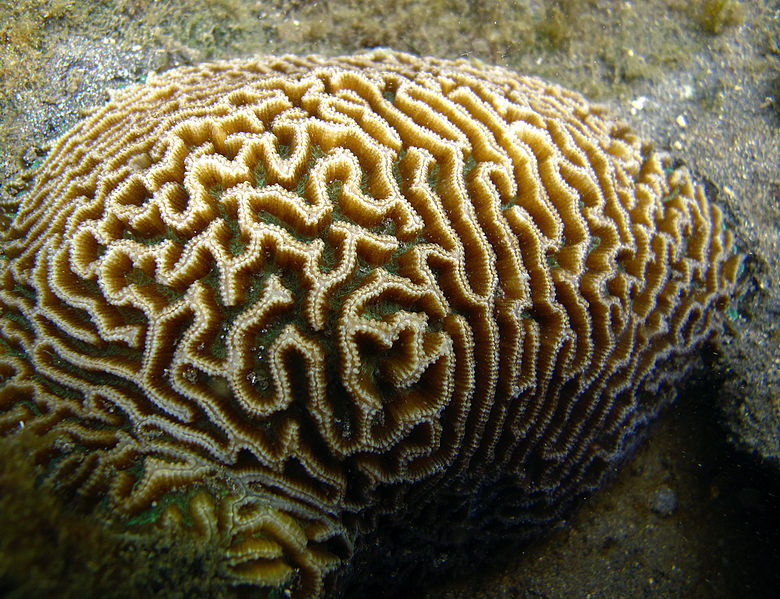Just below the surface of Colombia’s coast lies a vibrant coral reef that reaches over 621 square miles. In more recent years, the health of the reef has been in jeopardy. In 2021 the Colombian government along with scientists and volunteers launched the “One Million Corals for Colombia” restoration project. This project is the largest coral restoration project in Latin American history. The goal of this project is to grow one million fragments of coral and restore ~500 acres of the reef by 2023.
Corals usually take hundreds – if not thousands – of years to reach the large sizes that we are used to seeing in a mature, large reef like the one just off the coast of Colombia. So how are they going to accomplish this large feat of planting 1 million corals in just a few years exactly? Through a process called “micro-fragmentation”.

This process was discovered by Dr. David Vaughan. Dr. Vaughan has 17 years of experience working as the Director of the Coral Reef Restoration Program for Mote Marine Laboratory & Aquarium in the Florida Keys under his belt. His method involves cutting very large species of coral such as brain coral:

and star coral

down to pieces that have 1 to 5 individual polyps on them. Here is Dr. Vaughn explaining this process in much more detail:
These pieces are then glued to a small piece of ceramic or cement which is commonly referred to as a “frag plug”.
These plugs allow the fragments of the larger coral to be transported to a shallow area or coral farm where the sunlight is much stronger than where the reef grows in deeper water. With the coral’s healing ability coupled with lots of sunlight in a shallow grow out area, these micro fragments of coral can grow 25 to 50 times faster than the average growth rate for these species.
Once the micro-fragments of coral reach a good size, they are then picked up from the grow out area and transported back to the coral reef where the frag plug is then permanently glued to the coral reef. These fragments of coral are placed in areas on the reef that have been damaged or are in decline. These healthy coral fragments are then left to grow at their normal rates – and overtime – rebuild the coral reef.
If you want to support this project and/or following along, check out the project’s website here: Plant A Million Corals.
For more good news about conservation wins like this one, check out the Conservation Wins section of this website here: Conservation Wins
If anyone involved in this project is reading this – Thank you for your hard work! 🙂

